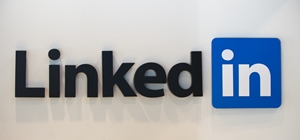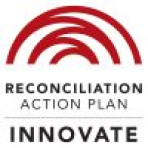Social media is revolutionising recruitment – acting as both a valuable tool for job seekers and employers.
These days it is not uncommon for employers to run a prospective staff member’s name through Google and see what pops up – including their social media pages.
While Facebook and Twitter are fantastic mediums to expand your personal network of friends and keep in touch with people across the globe, they aren’t so effective in the business world.
That’s where LinkedIn comes in. If you haven’t heard of this social networking site yet, it’s time you got on board if you want to maximise the opportunities its presents for those seeking employment.
LinkedIn is the Facebook and Twitter of the business world – a professional networking site, which connects industry trained professionals with prospective employers.
Just as friends might peruse your Facebook page and see what’s happening in your life, where you’ve been, what holidays you have embarked on, your hobbies and the like, LinkedIn is the corporate version which allows employers to connect with prospective employees, scanning profiles for qualifications and work experience information.
For jobseekers, think of your LinkedIn profile as an online resume. Your profile can be accessed by thousands, and the more connections you make in your area of expertise, the higher the chances of being spotted by a potential recruiter.
The number one rule with this site is to keep it strictly professional. Just as you wouldn’t put social information on your resume, only put information on your page that is related to your career.
Another useful tip to keep in mind when creating your LinkedIn profile, is to not overload it with too much information. While it should follow a similar format to a CV, you want to make it a condensed version otherwise you will have nothing new to show in a job interview.
A brief rundown of your work experience in bullet point form is effective. Small paragraphs outlining your job description are also useful, but try not overload the page with text – you want something brief employers can scan over.
Once you have your page up and running, the next important step is connecting. This site is all about business networking, so in order to capitalise on what it offers you need to make some connections.
A good place to start is your current position. Connecting with people in your current job alone will put you in touch with a number of prospective employers. If you know any of their connections, you may also want to add them to your network – expanding your online presence in the process.
From there, go back through your career history, connecting with former colleagues who fit in with your industry. Don’t just add everyone you have ever come into contact with, you will want to tailor your connections to fit in with the field you work in – otherwise you may find it counterproductive.
There is also an opportunity to join groups on LinkedIn – including work, industry and education groups. Perhaps it is a group set up for your university class, or an online banding of professionals in your industry.

